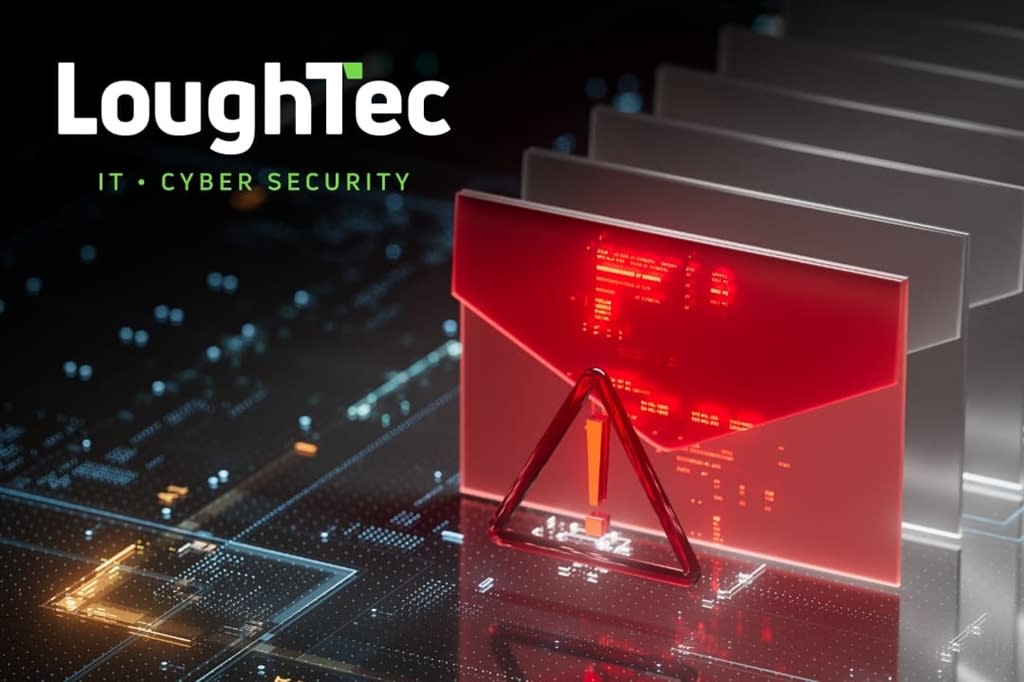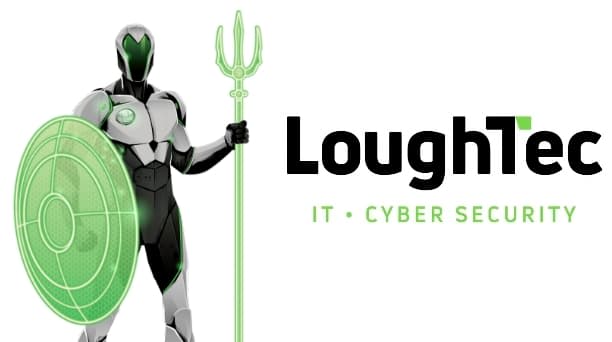Preventing BEC Scams with Domain Registration

28 May 2024
Controlling domain registration more effectively can be a step towards making business email compromise (BEC) scams more difficult. However, it’s essential to understand that there are already mechanisms and best practices in place to manage domain registration, and improving these processes requires a combination of technical measures, education, and cooperation among various stakeholders:
Domain Verification:
Domain registrars and hosting providers can implement stronger verification processes to ensure that individuals or entities registering domains provide accurate and verifiable contact information. This can help trace the owners of domains involved in BEC scams.
WHOIS Database:
The WHOIS database contains information about domain registrants. Efforts can be made to improve the accuracy and accessibility of this database, making it easier to identify domain’s owners.
Domain Monitoring:
Businesses can implement domain monitoring services to detect any new domains that closely resemble their legitimate domains. This can help them proactively identify potential spoofed or phishing domains.
Education and Awareness:
Training employees and customers about the risks of BEC scams and how to spot suspicious emails or domains is crucial. Businesses can implement security awareness programs to educate their staff.
Collaboration:
Law enforcement agencies, cybersecurity firms, and domain registrars can collaborate to identify and remove fraudulent domains and websites involved in BEC scams.
DMARC:
Domain-based Message Authentication, Reporting, and Conformance (DMARC) is a technical standard that helps prevent email spoofing. It enables organisations to specify how email-receiving servers should handle messages from their domain that fail authentication checks.
Legal Measures:
Governments can enact legislation that imposes stricter requirements on domain registration, especially for domains used in phishing and fraudulent activities.
Blockchain-Based Domain Registration:
Some projects explore using blockchain technology to create more transparent and tamper-resistant domain registration systems.
While these measures can make it more difficult for cybercriminals to use fraudulent domains, they may not eliminate the problem. Cybercriminals are often resourceful and adaptable and may find new ways to bypass controls and continue their activities.
The key to combating BEC scams effectively is a combination of technological solutions, legal and regulatory measures, industry best practices, and user education. It’s an ongoing process that requires cooperation among domain registrars, cybersecurity professionals, law enforcement agencies, and businesses to stay ahead of evolving threats.
Preventing BEC Scams with Domain Registration






